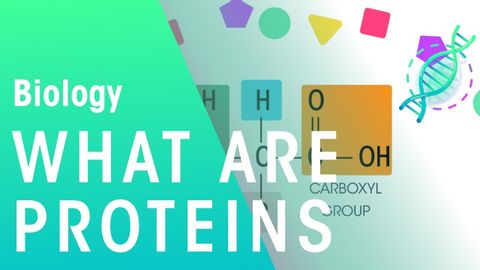什麼是蛋白質 | 細胞 | 生物 | FuseSchool (What Are Proteins | Cells | Biology | FuseSchool)
K itty 發佈於 2024 年 09 月 02 日  沒有此條件下的單字
沒有此條件下的單字US /səbˈskraɪb/
・
UK /səb'skraɪb/
US /spɪˈsɪfɪk/
・
UK /spəˈsɪfɪk/
US /ˌɪndəˈvɪdʒuəl/
・
UK /ˌɪndɪˈvɪdʒuəl/
- n. (c.)個人;單個項目;個體;個人賽
- adj.個人的;獨特的;個別的;獨特的
US /ˈprɛznt/
・
UK /'preznt/
- adj.出席;在場的;目前的
- n.正在進行的;現在時態;目前的;禮物
- v.t.介紹;主持;介紹;展現;贈送
- v.i.出現
